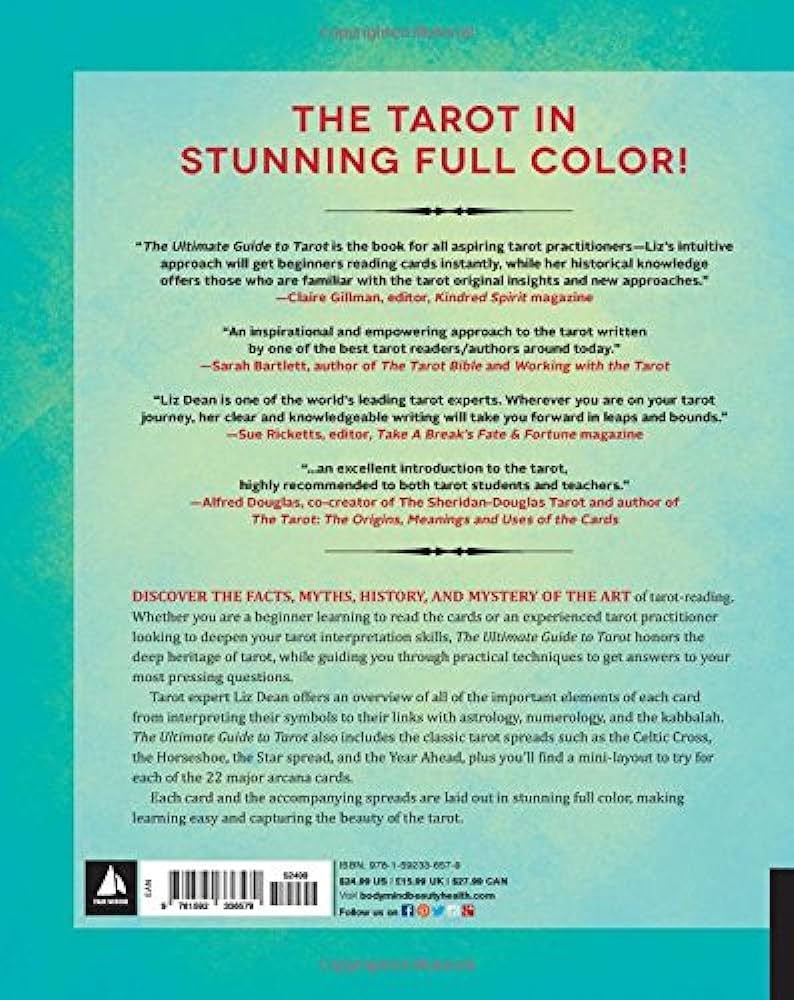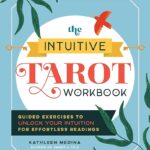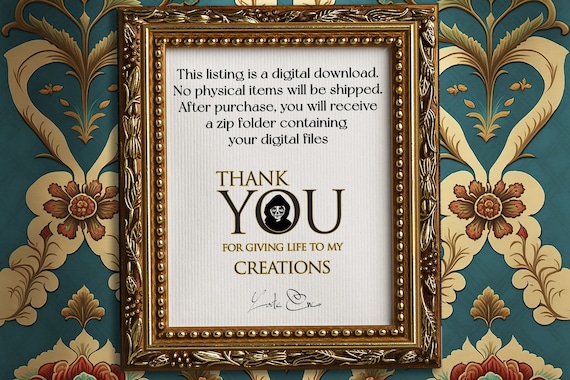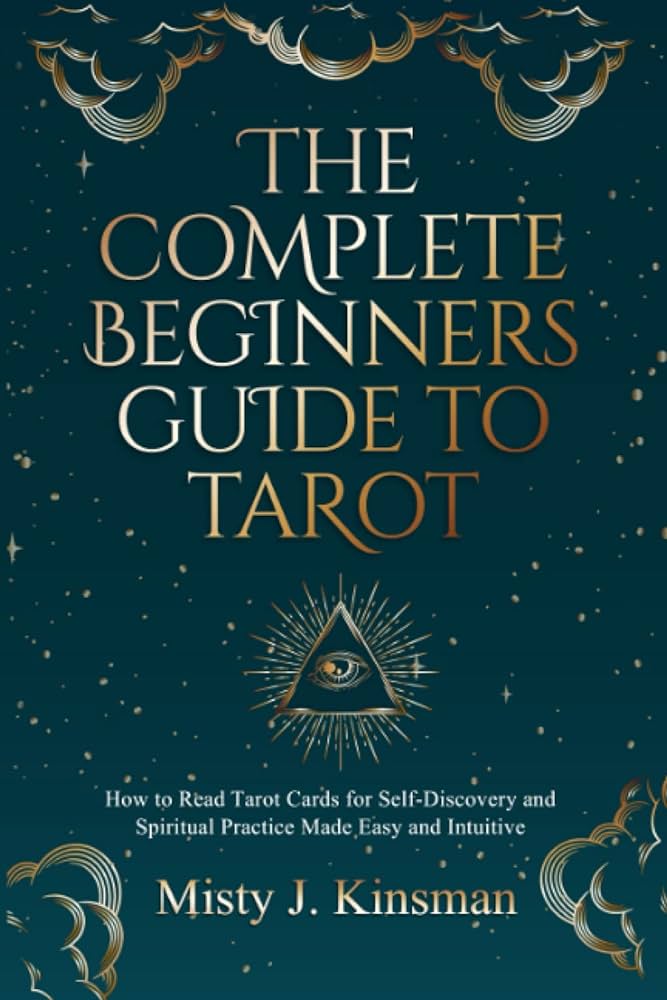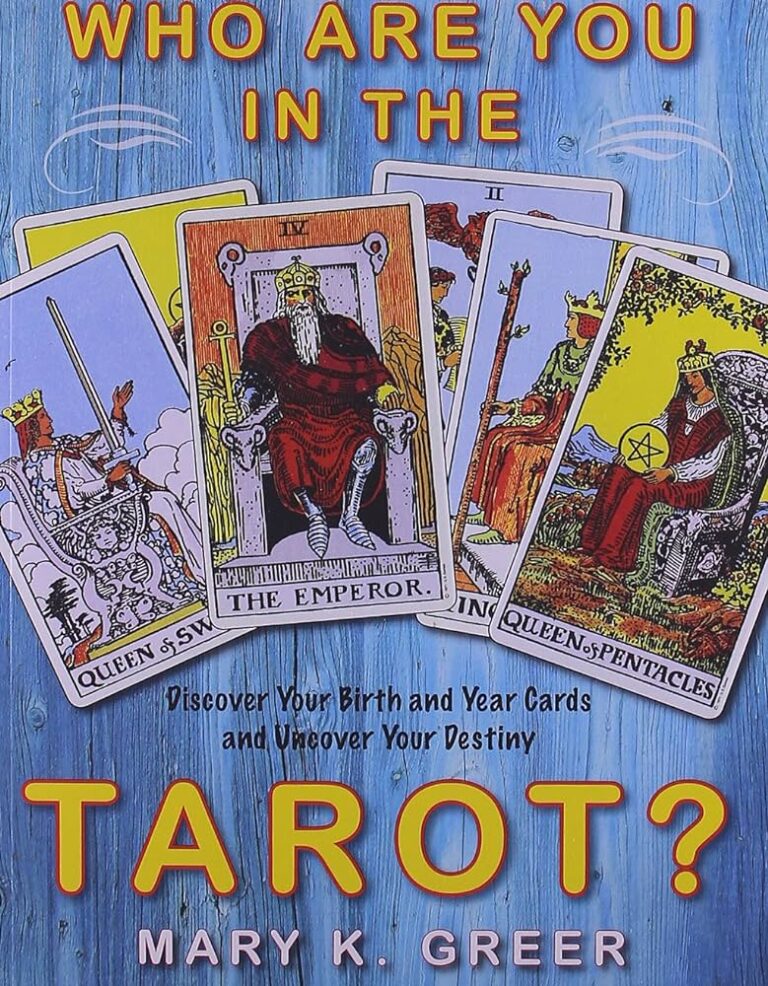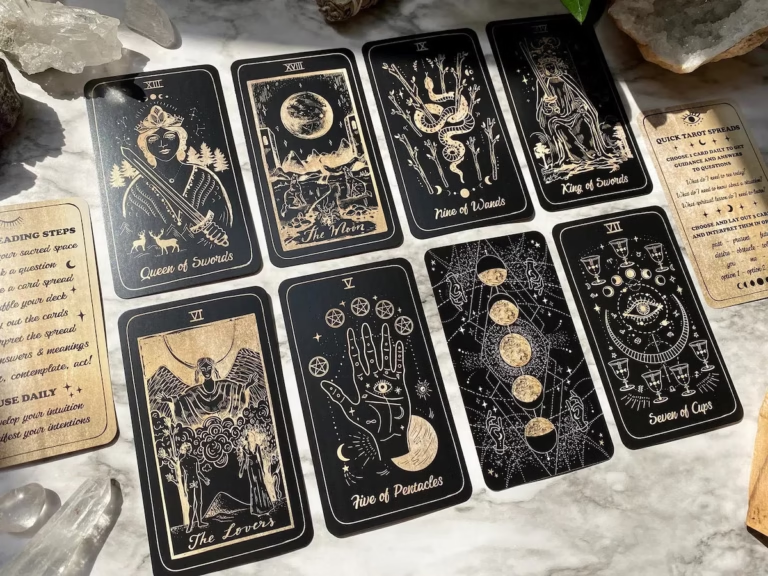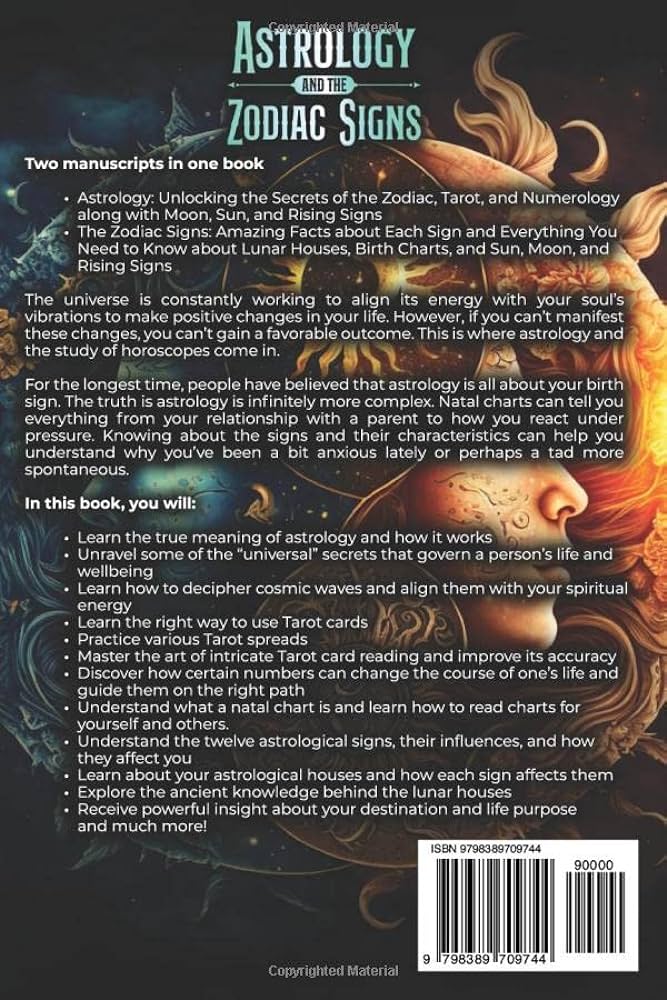How to Understand Tarot Reading: Your Ultimate Guide
To understand tarot reading, choose a deck that resonates with you, familiarize yourself with the meanings of the cards, set your intention, shuffle the deck, lay out the cards in a spread, and interpret the cards accordingly. It’s important to pick a tarot deck that speaks to you and to make the cards your own by incorporating your own interpretations.
Additionally, practicing readings for yourself and others can help improve your understanding of tarot. Remember to visit other readers to gain different perspectives. Understanding tarot reading involves interpreting the cards in relation to your question or intention, as each position in the spread holds a different significance.

Credit: www.walmart.com
Introduction To Tarot Reading
Are you curious about the mystical world of tarot reading? Whether you are a beginner or have some experience, understanding tarot cards can provide valuable insights and guidance for various aspects of your life. In this blog post, we will delve into the basics of tarot reading, starting with the question – What is Tarot?
What Is Tarot?
Tarot is a powerful divination tool that has been used for centuries to gain insights into the past, present, and future. It consists of a deck of 78 cards, with each card depicting unique symbols, images, and meanings. The cards are divided into two main categories – the Major Arcana and the Minor Arcana.
- The Major Arcana consists of 22 cards that represent significant life events, spiritual growth, and major turning points.
- The Minor Arcana consists of 56 cards divided into four suits – Wands, Cups, Swords, and Pentacles. Each suit represents different areas of life and experiences.
Getting Started With Tarot
If you’re new to tarot reading, getting started may seem overwhelming. But fear not! Follow these steps to begin your tarot journey:
- Choose a deck: Select a tarot deck that resonates with your intuition and aesthetics. Trust your instincts and choose one that speaks to you.
- Familiarize yourself with the cards: Take the time to acquaint yourself with the meanings and symbolism of each card. Use guidebooks, online resources, or take a tarot course to deepen your understanding.
- Set your intention: Before each reading, set a clear intention or question that you want the tarot cards to address. This will help you focus your energy and receive relevant insights.
- Shuffle the cards: Shuffle the deck while keeping your intention in mind. Infuse the cards with your energy and shuffle until you feel ready to stop.
- Lay out the cards: Choose a tarot spread that suits your needs or simply lay the cards in a sequential order. Each card’s position in the spread will have specific significance.
- Interpret the cards: Now comes the exciting part! Analyze the cards’ positions, symbols, and meanings in relation to your intention or question. Trust your intuition and let the cards speak to you.
Understanding Tarot Card Meanings
Are you looking to understand Tarot card meanings and how to interpret Tarot readings? Discover the step-by-step guide on choosing a deck, familiarizing yourself with card meanings, setting intentions, shuffling, laying out the cards, and interpreting the spread. Learn to read Tarot cards accurately and confidently.
The Major Arcana
The Major Arcana is a set of 22 cards that holds significant meaning in a tarot deck. Each card represents a different archetype or symbolic figure. These cards often represent major life events, deep emotions, and powerful spiritual lessons.The Minor Arcana
In contrast to the Major Arcana, the Minor Arcana consists of 56 cards divided into four suits: Cups, Pentacles, Swords, and Wands. Each suit represents a different aspect of life, such as emotions, practical matters, thoughts, and creativity. The Minor Arcana provides more specific guidance and can give insights into everyday situations. Understanding the meanings of tarot cards is crucial to interpreting a reading accurately. Here are some tips to help you grasp the essence of each card: 1. Familiarize yourself with the symbols: Tarot cards are rich in symbolism. Pay attention to colors, numbers, animals, and objects depicted on each card. These symbols carry distinct meanings that can enhance your interpretation. 2. Study the traditional interpretations: Each card has a traditional meaning associated with it. Many tarot books and online resources provide in-depth explanations of these meanings. Take your time to study and understand them. 3. Trust your intuition: While it’s essential to learn the traditional meanings, trust your intuition as well. Allow your personal feelings and experiences to influence your interpretation. Your intuition can provide unique insights and make the reading more authentic. 4. Consider card combinations: Tarot cards often work together to tell a story or give a more profound message. Pay attention to how cards interact with each other during a reading. Their combined meanings can shed additional light on the situation. 5. Practice and experiment: Tarot reading is a skill that improves with practice. Don’t be afraid to experiment with different spreads, techniques, and interpretations. The more you practice, the more confident and intuitive you’ll become. Remember, tarot card meanings are not fixed rules but rather a framework to guide your interpretation. Trust yourself, embrace your intuition, and allow the cards to speak to you in their unique language. By understanding the meanings of tarot cards, you’ll unlock a powerful tool for self-reflection, guidance, and spiritual growth.Tips And Tricks For Tarot Beginners
Understanding tarot reading can feel overwhelming for beginners, but with a few tips and tricks, you can navigate the mysterious world of tarot cards with confidence. In this guide, we’ll explore two essential techniques that every tarot beginner should master: keeping a record of readings and using basic tarot card spreads.
Keeping A Record Of Readings
One of the best ways to enhance your tarot reading skills is by keeping a record of your readings. This record serves as a valuable tool for reflection, self-improvement, and tracking your progress as a tarot reader.
Here are a few ways you can start keeping a record of your tarot readings:
- Create a tarot journal: Dedicate a notebook or a digital document to record your readings. Include the date, the question asked, the cards drawn, and your interpretations. This will allow you to look back and see patterns and progress over time.
- Take notes on your intuition: In addition to jotting down the traditional meanings of the cards, make note of any intuitive insights or impressions that come to you during the reading. Trusting your intuition can greatly enhance your tarot reading abilities.
- Reflect on past readings: Periodically review your past readings and reflect on the accuracy of your interpretations. This will help you identify areas for improvement and learn from your experiences.
Using Basic Tarot Card Spreads
Another important aspect of tarot reading for beginners is using basic tarot card spreads. A spread refers to the way the cards are laid out during a reading, and different spreads serve different purposes.
Here are a few basic tarot card spreads that are perfect for beginners:
- Three-card spread: In this simple spread, draw three cards and interpret them as past, present, and future. It provides a concise snapshot of the situation at hand.
- Celtic Cross spread: This classic 10-card spread offers deeper insight into a particular question or issue. Each card represents different aspects of the situation, allowing for a comprehensive analysis.
- One-card draw: When you need a quick answer or guidance for the day ahead, a one-card draw is perfect. Simply draw a single card and focus on its message.
Remember, as a tarot beginner, it’s important to start with simple spreads and gradually explore more complex ones as you gain experience.
By keeping a record of your readings and using basic tarot card spreads, you’ll be well on your way to understanding tarot reading. Embrace your intuition, trust the process, and enjoy the journey of unlocking the wisdom that tarot cards hold.
Exploring Different Tarot Related Topics
If you’re looking to understand tarot reading, there are various resources available online, including videos and articles that provide beginner-friendly insights. Learn how to choose the right deck, familiarize yourself with card meanings, and interpret the cards in spreads to enhance your tarot reading skills.
Tarot Relationship Cards
When it comes to understanding tarot readings, one important aspect to explore is the significance of relationship cards. Relationship cards offer insights into various dynamics, be it romantic relationships, friendships, or family bonds. These cards can shed light on the emotions, energies, and challenges that exist within these connections. Understanding the meanings behind relationship cards can help provide guidance in navigating these complex areas of our lives.Tarot Reading Apps For Android
In today’s digital age, tarot reading apps have made it more convenient for enthusiasts to access this ancient practice on their Android devices. These apps provide a range of features, including virtual deck options, card interpretations, and even daily readings. Some popular tarot reading apps for Android include: – Tarot Card Reading Free: This app offers a comprehensive tarot experience, providing multiple spreads, card meanings, and readings for different aspects of life. – Labyrinthos Tarot: With beautiful, visually appealing designs, this app combines tarot learning with interactive lessons, quizzes, and personalized readings. – Yes or No Tarot Card Reading: This app simplifies decision-making by offering straightforward yes or no answers to your questions through tarot cards. – Astroyogi: A comprehensive astrology app that also includes tarot readings, providing users with insights into their relationships, career, and overall well-being. – Galaxy Tarot: This app offers a user-friendly interface with a variety of spreads and card interpretations, making it suitable for both beginners and experienced tarot readers.Commonly Used Tarot Related Words
To fully comprehend the art of tarot reading, it’s essential to familiarize oneself with commonly used tarot-related words. Here are a few examples: – Ace of Swords: A card symbolizing mental clarity, truth, and victory through intellectual prowess. – Ace of Wands: A card representing inspiration, ambition, and new beginnings. – Cartomancy: The practice of fortune telling or divination using cards, including tarot cards. – Eight of Wands: A card denoting swift action, progress, and rapid communication. By understanding the meanings behind these words and their corresponding cards, tarot enthusiasts can expand their knowledge and enhance their reading capabilities. Remember, exploring different tarot-related topics can deepen your understanding of this ancient practice and help you develop your own tarot reading skills. Whether you’re interested in relationship cards, tarot reading apps for Android, or commonly used tarot-related words, delving into these topics can open up a world of insights and experiences.Step-by-step Guide To Reading Tarot Cards
Interested in tarot reading but not sure where to start? This step-by-step guide will walk you through the process of understanding tarot cards and how to read them. Whether you’re a beginner or looking to refine your skills, these simple steps will help you connect with your intuition and gain insights into your life.
Choosing The Right Tarot Deck
The first step in reading tarot cards is choosing a deck that resonates with you. There are hundreds of different tarot decks available, each with its own unique artwork and symbolism. Take your time to explore different decks and choose one that speaks to you on a deeper level. Whether it’s a classic Rider-Waite deck or a more modern and abstract design, selecting a deck that you feel drawn to will enhance your connection with the cards.
Understanding The Card Meanings
Once you have your deck, it’s important to familiarize yourself with the meanings of the tarot cards. Each card in the deck has its own symbolism and interpretation. Start by studying the major arcana, which represents major life events and spiritual growth, and then move on to the minor arcana, which represents day-to-day experiences and emotions. Take note of the imagery, colors, and numbers on each card, as they all contribute to their meanings. Keep a tarot journal to record your personal interpretations and insights.
Setting Intentions For The Reading
Before you begin a tarot reading, it’s important to set your intentions. Think about what you hope to gain from the reading and what questions you want to explore. Take a moment to ground yourself and clear your mind of any distractions. Focus your energy on your intentions and invite your intuition to guide you throughout the reading. Setting clear intentions will help you receive more accurate and insightful readings.
Laying Out The Cards
With your intentions in mind, it’s time to shuffle the cards and lay them out in a spread. There are various tarot spreads to choose from, depending on the type of question or area of life you want to explore. The most common spread is the three-card spread, which represents the past, present, and future. Another popular spread is the Celtic Cross, which provides a more in-depth look at a situation. Choose a spread that resonates with your question or intention and lay out the cards accordingly.
Interpreting The Cards
Once the cards are laid out, it’s time to interpret their meanings. Take a moment to observe the overall picture and the relationships between the cards. Pay attention to any patterns or recurring themes. Start by examining each card individually and then consider their combined meanings within the spread. Trust your intuition and let your subconscious mind guide your interpretations. Remember that tarot readings are not set in stone and are open to your personal interpretation.
Congratulations! You’ve now completed a step-by-step guide to reading tarot cards. Remember that practice is key, so continue to explore and experiment with different spreads and interpretations. The more you practice, the deeper your understanding of tarot reading will become.

Credit: www.amazon.com

Credit: www.cosmopolitan.com
Frequently Asked Questions Of How To Understand Tarot Reading
How To Correctly Read Tarot?
To correctly read tarot cards, follow these steps: 1. Choose a deck that resonates with you. 2. Learn the meanings of the cards. 3. Set your intention for the reading. 4. Shuffle the cards and focus on your question or intention.
5. Lay out the cards in a spread and interpret their meanings. Remember to trust your intuition and practice regularly for better understanding.
How Can I Learn Tarot Reading?
To learn tarot reading: 1. Choose a tarot deck that resonates with you. 2. Take care of your cards. 3. Learn the meanings of the cards, but also trust your own interpretations. 4. Practice by doing readings for yourself and others.
5. Seek guidance from experienced tarot readers. Remember, tarot reading is a personal journey, so find what works best for you.
What Should A Beginner Tarot Reader Know?
Here are the five guidelines you requested: 1. As a beginner tarot reader, use a deck you like and make it your own. 2. Learn the cards’ meanings but leave room for your own interpretation. 3. Start with a simple spread and practice reading for yourself before others.
4. Lay out the cards in a specific pattern called a spread. 5. Each card’s meaning is read based on its position in the spread.
How Does A Tarot Card Reading Work?
In a tarot card reading, the cards are laid out in a specific pattern. Each card’s meaning is interpreted based on its position in the pattern, such as past, obstacles, or strengths. It helps provide insights and guidance about various aspects of one’s life.
Faq 1: What Is Tarot Reading?
Tarot reading is a divination practice that uses a deck of cards to gain insight into past, present, and future events.
Conclusion
Understanding tarot reading can be a fascinating and enlightening journey. By familiarizing yourself with the meanings of tarot cards, setting intentions for readings, and interpreting the cards in the spread, you can unlock the wisdom and guidance that they hold.
As a beginner, it’s important to choose a deck that resonates with you and to trust your own interpretations. With practice and exploration, you can develop your own unique approach to tarot reading. So grab a deck, shuffle the cards, and embark on this transformative path of self-discovery and spiritual growth.

